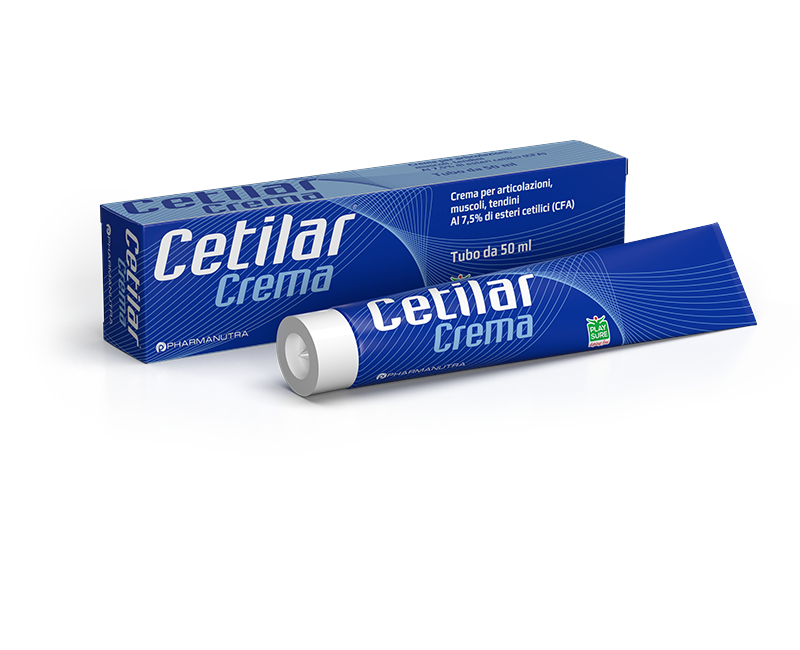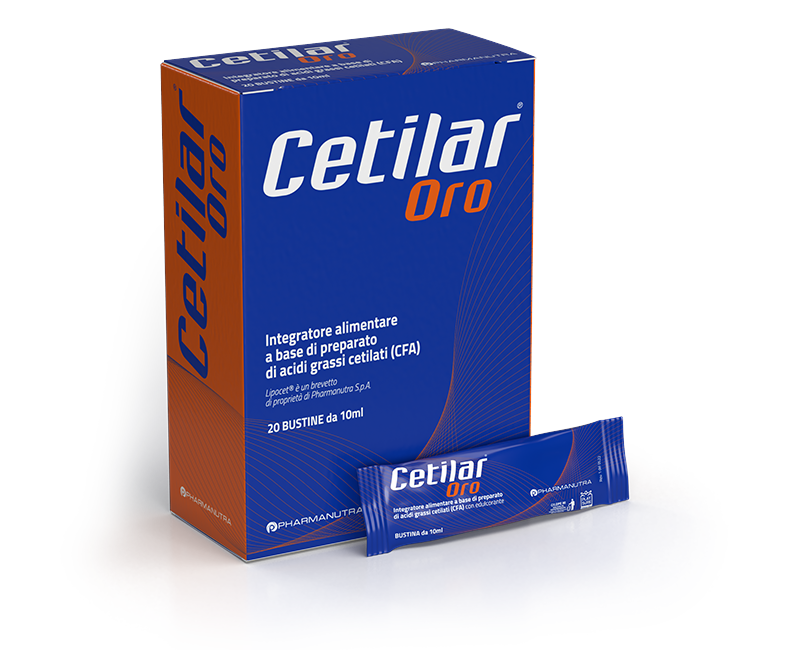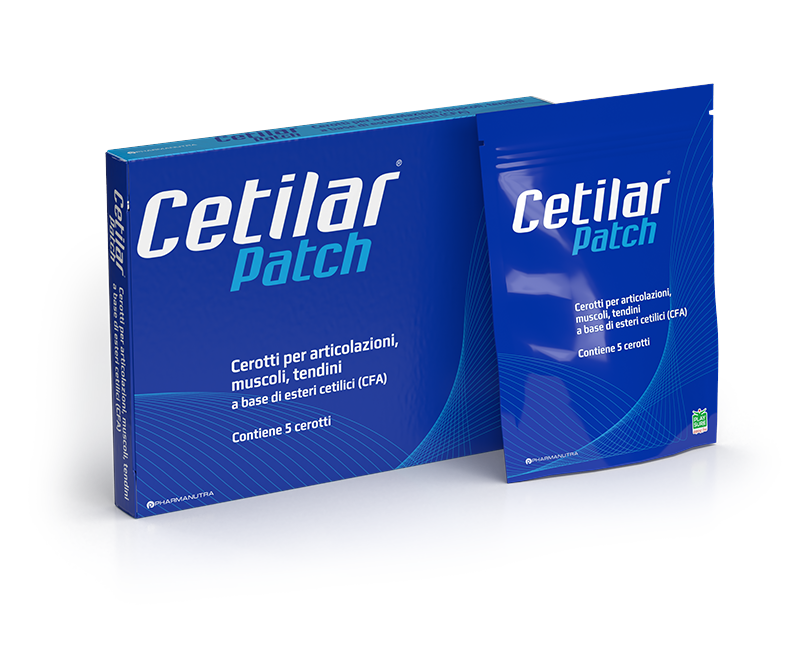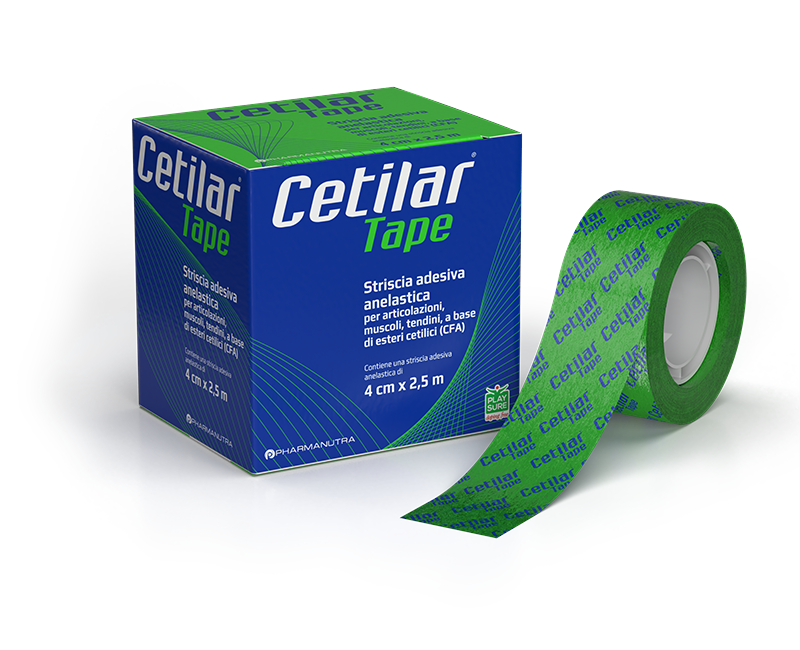Tendinopathy: causes, symptoms and recovery times
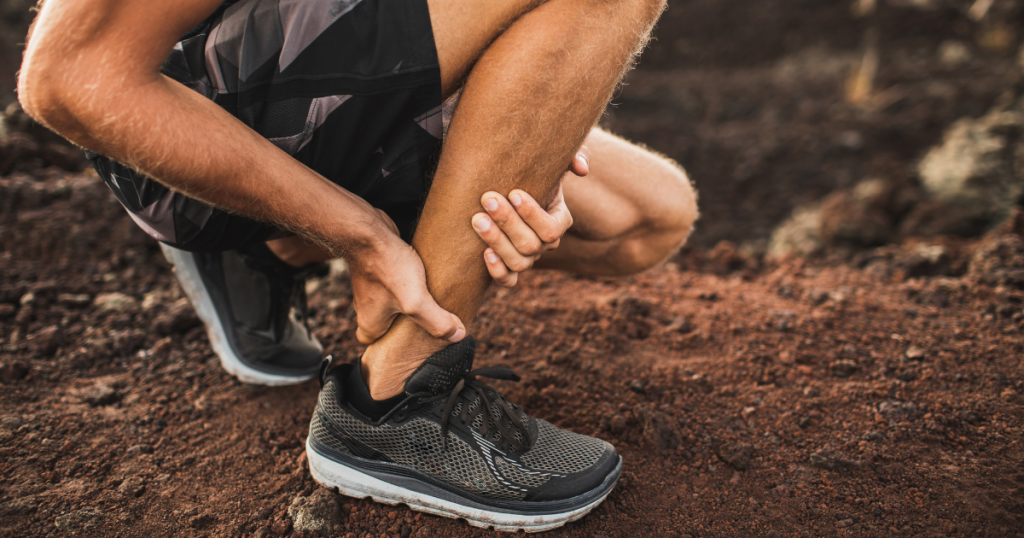
Tendinopathy is a painful condition affecting the tendons and the fibrous structures beneath the muscles and the bones; these two anatomical parts work together, assuring our body movements. Tendinopathy is a generic term covering a series of different injuries, but all of inflammatory or traumatic origin or due to overload.
The most common tendons at risk of tendinopathy are certainly the tendon in the shoulder, the elbow, the hand, the knee and the famous Achilles tendon.
Let’s take a look with our physiotherapists to how tendinopathies are classified, the most common causes and risk factors, the symptoms of a tendon injury, which are the most effective treatments and recovery times.
Tendinopathies: what are the differences between tendinitis and tendinosis
“Tendinopathy” is a generic term used to indicate a tendon pain which may have various origins. The most common tendinopathies include:
- Enthesopathy: this is a painful condition of the enthesis, the end of the tendon that connects it to a bone.
- Tenosynovitis: an inflammation of the synovial sheath, the substance covering the actual tendon, which has a protective function. Furthermore, it is able to produce synovial liquid, which has the function of lubricating the tendons. One very common example is stenosing tenosynovitis, the famous “trigger finger”.
- Tendinitis: it is an acute inflammatory process of a tendon (not the enthesis or the synovial sheath), and may be caused by injury, for example following a distortion, or chronic, due to postural problems or an excessive and prolonged overload of the tendons.
- Tendinosis: a chronic tendon pain due to significant degeneration of the component tissue.
Anatomical description: what is a tendon
A tendon is a band of connective tissue, shiny white in colour, located between the bones and the muscles. Tendons are composed mainly of collagen and elastin, which ensure high resistance but at the same time elastic properties. The special fibro-elastic composition gives tendons the necessary strength to transmit huge mechanical forces to the anatomical structures they are connected to.
Each muscle has two tendons: a proximal and a distal. The point in which the tendon connects to the muscle is also known as the myotendinous junction, while the point in which it connects to the bone on the other hand is called the osteotendinous junction. The function of the tendon is to transmit the forces generated by the muscle to the bone to create movement.
Obviously, the tendons have different shapes and sizes, depending on the type of muscle they are connected to. For instance, the muscles generating lots of power and force, such as the femoral biceps, generally have shorter and wider tendons than those with delicate, subtle movements, which on the contrary tend to be long and thin, like those in the hand.
Causes of tendinopathy and risk factors
Generally, tendinopathy is caused by an overload or an injury. In other cases, tendon pain may derive from some systemic diseases which can alter the tendon tissue, such as rheumatoid arthritis or ankylosing spondylitis.
Tendinopathy caused by an injury is an unforeseeable problem, which may be caused by a fall, a distortion or contact during sport. Tendinopathy caused by overload on the other hand may be due to excessively intense activity concentrated in a very short space of time, or by repeated micro-traumas.
In both cases, the main risk factors of tendinopathy are certainly the sporting or work activity performed, the presence of systemic diseases, obesity or also a certain genetic predisposition.
The symptoms
The most common symptom of tendinopathy is acute pain during movement. With acute tendinitis, other typical inflammatory symptoms may occur: pain may therefore be associated with a burning sensation, heat and swelling. Concurrent symptoms are often muscle weakness and a limited range of movement in the affected joint.
The anatomical areas most at risk of tendinopathy
Tendinopathies can develop in any tendon (and it is calculated that there are at least 267 in the human body!), but the anatomical areas that are usually most at risk of tendinopathy are:
-
- The shoulder, particularly the supraspinatus and the long head of the Brachial Bicep tendons;
- The elbow, particularly Epicondylitis (Tennis Elbow) or Medial Epicondylitis (Golfer’s Elbow);
- The knee, affected especially by tendinopathy of the patellar tendon, the quadriceps tendon and the goosefoot;
- The foot and ankle, particularly the Achilles Tendon or Plantar Fascia;
- The groin, with the so-called Pubalgia, caused by injured tendons in the Adductor or Abdominal muscles;
- The hip, where tendinopathy of the gluteus muscles may occur;
- The hand, which can suffer from various syndromes, including De Quervain’s tenosynovitis or Trigger Finger.
Diagnosis and treatment
Tendinopathy is diagnosed by the Orthopaedic physician, the Physiatrist or the Sport medicine specialist, on the basis of a clinical examination and, if necessary, using instrumental examinations such as a scan or MRI.
The treatment depends on the progression of the disease:
- Acute tendinopathy: the recommended treatment in this case involves total rest from physical activity, the use of anti-inflammatory drugs (FANS), combined with instrumental therapy such as LASER or TECAR, followed by specific physiotherapy exercised to restore strength in the affected muscles and tendons, before focusing on the recovery of sports activity for athletes.
- Chronic tendinopathy: in this case, the treatment focuses mainly on the gradual recovery of mobility through exercises, particularly the so-called eccentric exercises, which according to much scientific evidence have been shown to be the most effective in improving tendon strength and recovering function.
Recovery times and useful exercises for tendinopathy
The recovery times of a tendinopathy are very variable, between approximately two weeks for an acute tendinitis up to 3-6 months for a chronic tendinopathy.
During recovery, exercises are always useful for achieving full recovery, but these should be defined by the physiotherapist on the basis of the characteristics of each patient, the degree of severity and stage of the injury.
Ideally, we should start with isometric exercises, including prolonged muscle contraction, without moving the joint heads, then moving onto concentric exercises (i.e., contracting the muscle while approaching the joint heads), finishing with eccentric exercises, the most traumatic, involving the “negative” contraction of the muscle, so contracting while stretching. All these exercises should always be performed under the supervision of a physiotherapist specialised in orthopaedic and sports injuries, to avoid recurrences and ensure that the tendon heals quickly.
